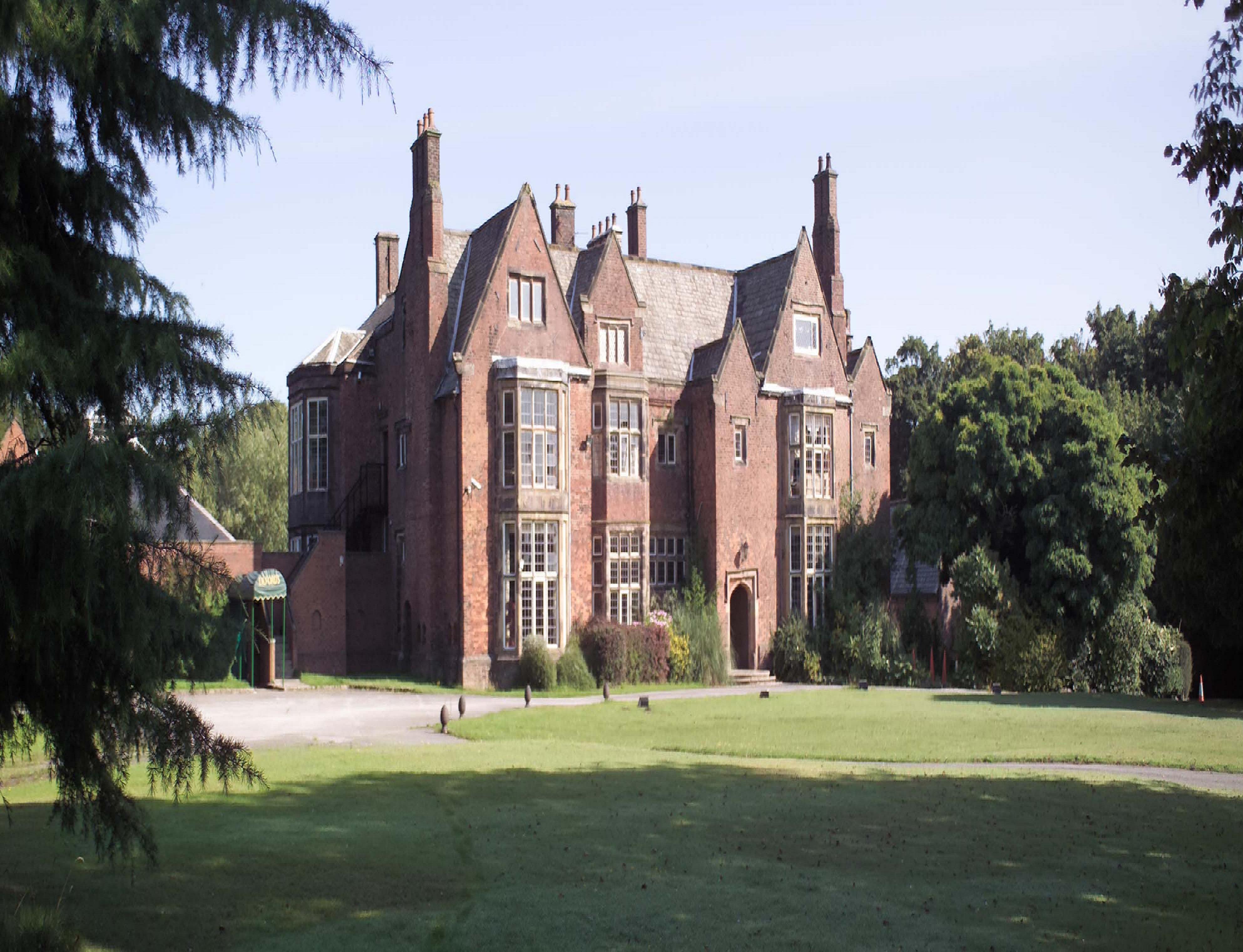HISTORY - HESKIN HALL ANTIQUES
This, the "new hall", was built in 1545 and though there appears to be no written link between it and the "de Heskin" family (of whom there is littlle record), there is evidance to link it with some of the best known names in English history.
In 1506 the lands (with others) were bought by Edmund Dudley, a Minister of Henry VIII who was later executed for treason. Although initially forfeit his lands did pass to his widow Elizabeth and through her to their son John Dudley Earl of Northunberland. He followed in his fathers' footsteps and was executed for treason by Queen Mary. His son, Robert Dudley, is well known for his being a favourite of Elizabeth I.
The Dudley family misfortune benefitted the Seymours who owned the land next. Mary, the widow of Sir Thomas Seymour, and mother of Jane Seymour (wife of Henry VIII) sold it to a Richard Molyneux in 1556.
It remained in the hands of the Molynuex family until 1739 when it became part of the Molyneux family estates before being sold to and Alexander Kershaw in 1744. A wealthy man, originally from Rochdale, he never married but when he died in 1788 he left three acknowledged children, Edmund Newman Kershaw, John Copper and James Kershaw. By a will dated 1786 Edmund inherited the estate of his father, but on his death, also without legitimate children, it passed to his brother John. His death in 1833, again without legitimate children left the estate the subject of a legal dispute in the famed Court of Chancery. It was the heirs of Mary Kershaw (Scott), the sister of Alexander, who eventually won out having established their legitimacy by witness evidence. The problem for them had been that Mary eloped on her wedding day, from the church door, on the back of her lover Ralph Scotts' horse. There is no written record of their having married but the court accepted the witness evidence to that effect.
The last people to occupy Heskin Hall wholely as a home were Lord & Lady Lilford, in the 1960's. She was an exdancer and actress and on their divorce in 1969 the Hall went to her as part of their divorce settlement. Occupation has been commercial ever since.
THE GHOSTS
There are two documented ghosts at Heskin Hall. "Matthilda" and the priest.
During the Civil War several battles and skirmishes were fought in this locality, indeed the County saw some of the bloodiest fighting in the country. Heskin Hall was allegedly an overnight stopping place for Oliver Cromwell as well as site for the execution of religious martyrs. The then owner, John Molyneux declared for parliament but only after the fall of Lathom House, which perhaps explains the compounding of the estate.
It is alleged that Cromwells soldiers found a priest in residence. He, in an attempt to save himself, denounced a young catholic girl. The soldiers made him hang her from a beam in the Hall and then, unconvinced, hung him as well.
Whatever the truth of it we do still incidents and sitings reported by staff and customers from time to time, even today.
